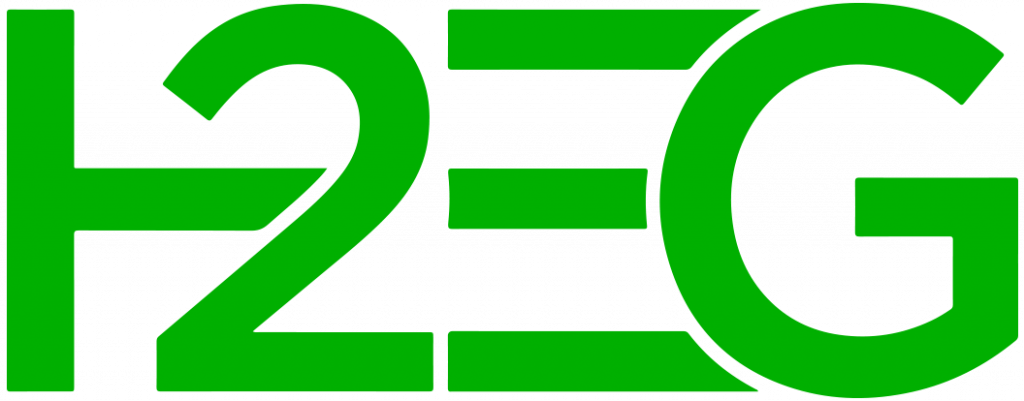
The US-based firm will use its H2Gen technology platform to produce “fuel cell-grade” green hydrogen.
Hydrogen produced at the “Frontier Korea” facility by Utility Korea LLC will be supplied to the E1 hydrogen refuelling station in Seongnam for use in fuel cell buses, trucks, and passenger vehicles.
The company sees South Korea as “one of the most developed hydrogen-powered vehicle markets in the world,” and therefore, potential for its electrolyser platform.
Its systems produce hydrogen from water without electricity, utilising biogas energy from the anaerobic digestion of organic waste.
The Seongnam Water Reclamation Centre already processes significant volumes of municipal wastewater and organic waste, providing a consistent source through its anaerobic digestion systems.
“This project marks an innovative step beyond the traditional role of wastewater treatment, establishing a foundation for clean energy,” said Lim Jong-cheol, Deputy Mayor of Seongnam Municipal Government.
“It is expected to advance carbon neutrality, resource circulation, clean energy infrastructure, and international cooperation — thereby enhancing Seongnam City’s ESG values.”
Utility’s Frontier Facility in Houston, Texas, is expected to serve as the technical foundation for the Seongnam project, which will be a near replica of the modular plant.
However, Frontier Korea is expected to also validate H2Gen’s performance under local biogas conditions and Korean Gas Safety Standards.
Utility Global pitches hydrogen tech as the missing link for CO2 capture
Most hydrogen technology firms lead with the promise of clean fuel. Utility Global starts with carbon dioxide (CO2) and the liabilities it helps solve.
“In industries like steel, refining, and chemicals, most of our customers see us as much as a CO2 concentration technology, as a hydrogen production technology,” CEO Parker Meeks told H2 View.
That’s because the company’s H2Gen technology, which uses industrial off-gases to make hydrogen from water, also generates CO2 at concentrations that can exceed 70% – something experts claim could slash the cost and energy demand of carbon capture.
To be clear, Utility’s system does not include carbon capture. That is left to the customer and their technology choices. This, Meeks says, opens up more opportunities for CO2 use, not just storage.
Continue reading here.

